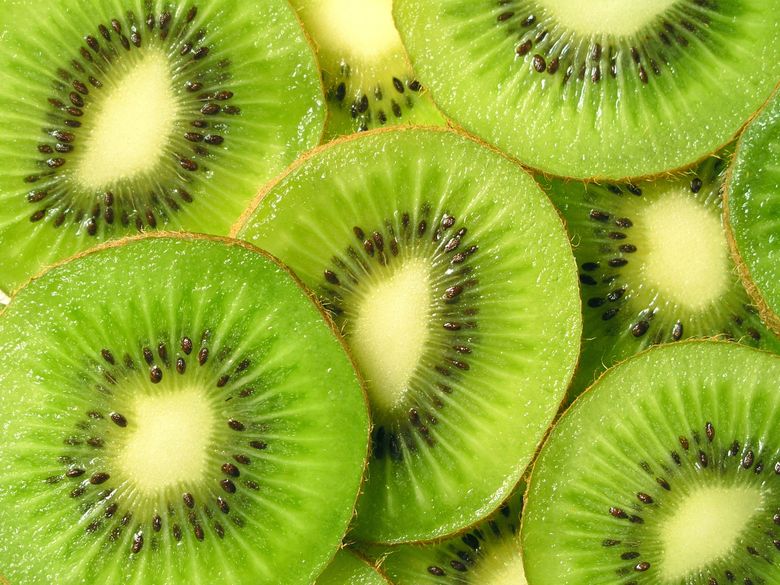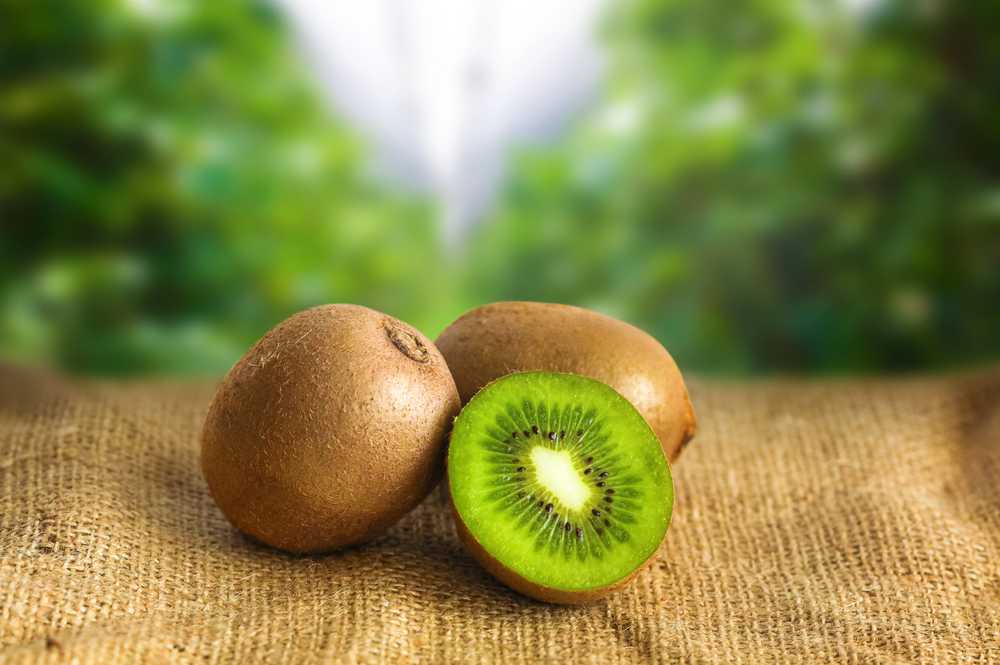Exploring the One-of-a-kind Attributes and Interesting Biology of Kiwi: A Comprehensive Study
Welcome to the interesting globe of kiwi! Prepare to be astonished as we uncover just how kiwis have actually adjusted to their flightless existence and discover their eco-friendly significance.
Physical Features
What are the physical characteristics of a kiwi bird? The kiwi bird is a little, flightless bird indigenous to New Zealand. One of the most distinct attributes of the kiwi bird is its long, slender expense.
The kiwi bird has a special quill, with soft, hair-like feathers that resemble fur. Unlike the majority of birds, the kiwi has little wings that are concealed underneath its feathers and are not functional for flying.
An additional intriguing physical attribute of the kiwi bird is its nostrils found at the suggestion of its bill. This adjustment permits them to seek worms and bugs, their main source of food, in the ground cover on the forest flooring (what do kiwis taste like). In addition, the kiwi bird has big, round eyes that are adjusted for low-light conditions, as they are primarily nighttime
Feeding Routines
To recognize the feeding practices of the kiwi bird, you require to observe its foraging habits and nutritional preferences. These birds utilize their strong sense of scent to discover target hidden under the surface, and after that utilize their bill to remove it.
In enhancement to pests, kiwis also consume seeds, berries, and fruits. Kiwis have been observed feeding on a broad range of plant varieties, showing their flexibility to different food resources.
Remarkably, kiwis do not have a crop, which is a specialized component of the gastrointestinal system found in lots of birds. Instead, their food passes directly from the esophagus to the tummy. This might be an outcome of their distinct evolutionary history and eco-friendly niche.
Reproduction and Breeding
Now let's delve into the fascinating world of kiwi reproduction and breeding, building upon our previous expedition of their unique feeding behaviors. Kiwis have a rather interesting reproductive process. They are virginal birds, indicating they form long-term sets. Once a pair has formed, they will remain with each other permanently, which can be approximately three decades in the wild.
Breeding season for kiwis usually happens between June and March. During this time, the women kiwi will certainly lay one to two eggs, which are unusually huge contrasted to the bird's body size. Kiwi eggs are the biggest of any bird in percentage to body weight. After the eggs are laid, both the male and female take transforms breeding the eggs, with each taking shifts that can last approximately 12 days.
As soon as the chicks hatch, they are born totally feathered and able to see (what do kiwis taste like). They are also fairly precocious, suggesting they have the ability to take care of themselves reasonably rapidly. Also after the chicks have hatched out, the parents continue to give care and security for them till they are fully independent, which get redirected here can take numerous months.

Adaptations to Flightless Existence
During their evolutionary history, kiwis have established exceptional adjustments for their flightless presence. As a flightless bird, the kiwi has actually gone through numerous adjustments to its anatomy and actions that allow it to prosper in its distinct setting. One of one of the most noticeable adaptations is its wing structure. Unlike other birds, kiwis have tiny, vestigial wings that are practically worthless for flying. Instead, these wings have evolved into effective appendages that help in equilibrium and stability, enabling the kiwi to navigate its forest floor habitat with ease.
An additional adjustment that kiwis have developed is their solid legs and feet. The kiwi's legs are muscular and located far back on its body, giving it with a low facility of gravity and ideal balance.
In order to make it through without the ability to fly, kiwis have actually also created a keen feeling of smell. Their lengthy, slender beaks home highly why not find out more sensitive nostrils, permitting them to find insects and worms beneath the forest flooring. This amazing adjustment helps kiwis find food resources and see this page preserve a well balanced diet.
Ecological Value
The eco-friendly significance of kiwi depends on their duty as essential seed dispersers in their indigenous habitat. As they relocate with the forest floor, kiwi forage for pests, worms, and a range of plants. In the procedure, they consume fruits and berries, which include seeds. These seeds after that travel through the kiwi's digestion system unharmed and are later dispersed with their feces. This distinct procedure aids in the natural regeneration of woodlands.
The kiwi's ability to distribute seeds is essential for preserving the biodiversity and equilibrium of their ecological community. By spreading out seeds throughout different areas, they add to the growth and abundance of different plant types. Consequently, these plants supply food and sanctuary for various other pets, developing an internet of interdependencies within the ecosystem.
Additionally, kiwi play an important function in managing the population of specific plant types (what do kiwis taste like). Some plants produce an extreme variety of seeds, which can cause overcrowding and minimal sources for various other plants. By eating and spreading these seeds, kiwi assistance control the growth of such plants, making sure a healthier and much more diverse community
The ecological importance of kiwi expands past their function as seed dispersers. Their tunneling behavior also adds to soil aeration and nutrient recycling, boosting the general health and wellness of the forest flooring. In addition, their feeding routines can assist control insect populaces, minimizing the danger of pest outbreaks that might hurt vegetation.
Conclusion
In conclusion, exploring the distinct features and interesting biology of kiwi exposes its physical characteristics, feeding habits, recreation and breeding patterns, as well as its adjustments to a flightless existence. With its distinguishing characteristics and ecological relevance, the kiwi functions as an amazing instance of nature's diversity and adjustment. By appreciating the kiwi and recognizing's function in its ecosystem, we can additionally promote conservation initiatives to guarantee the conservation of this amazing varieties for future generations.
